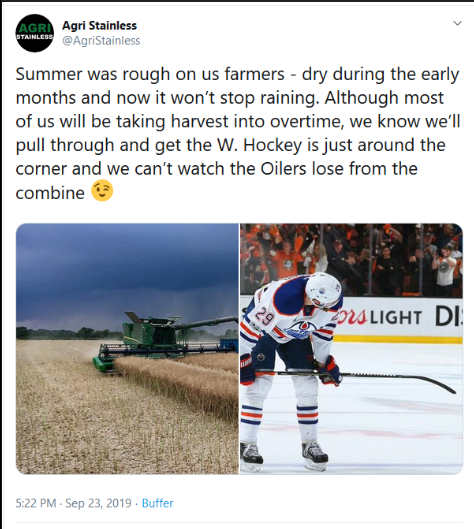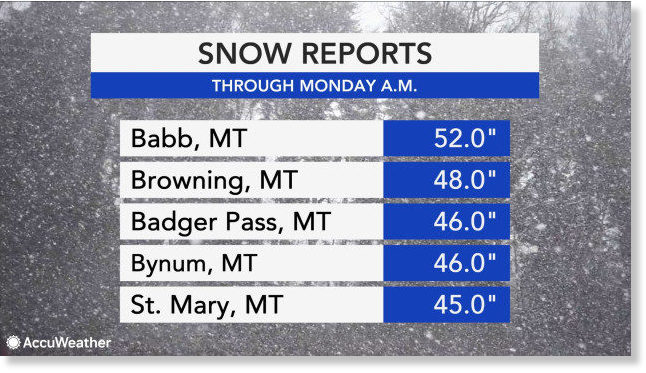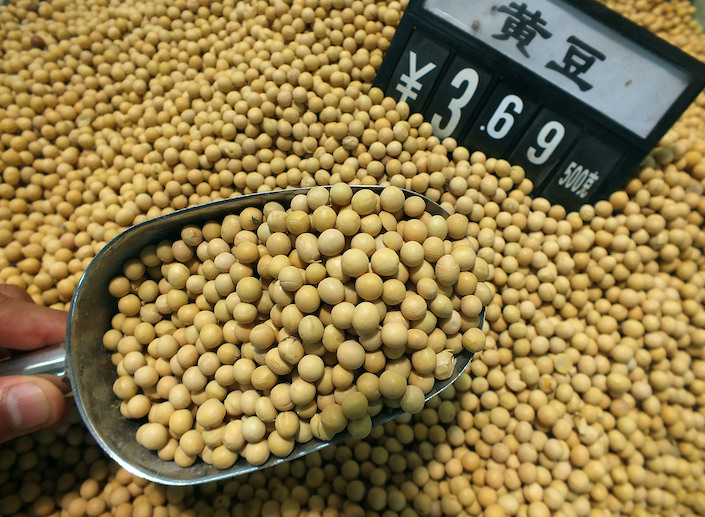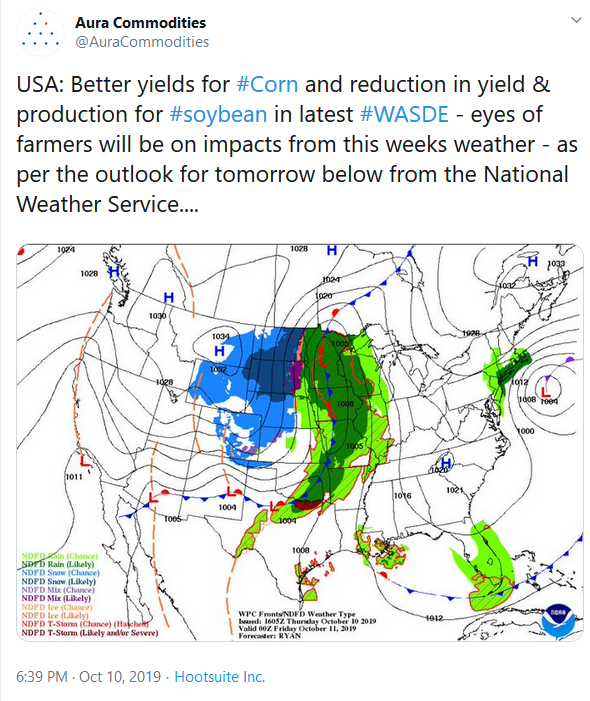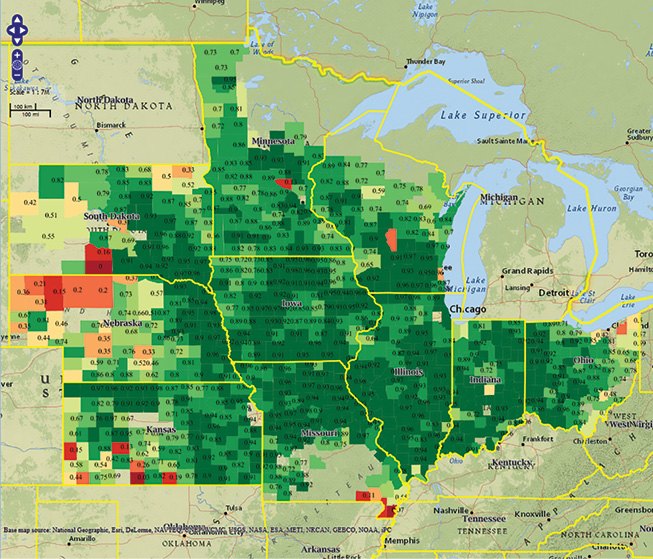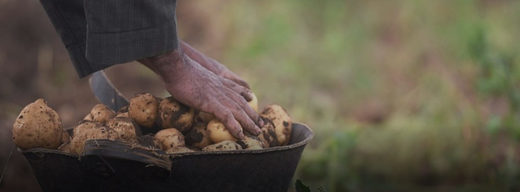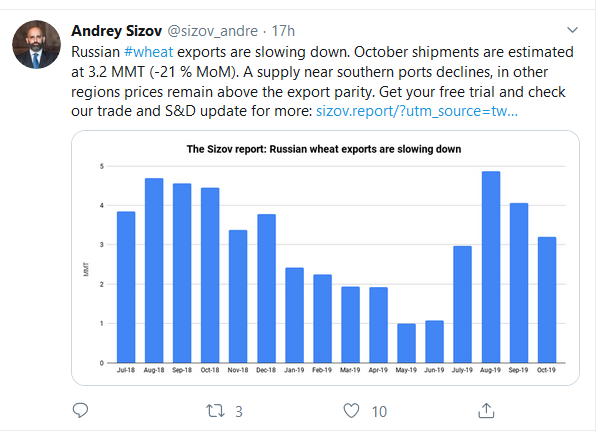Automated software that GDA Corporation started with NASA funding pulls images from various satellites, identifies staple crops all over the world, and determines their health and stages of growth. A wealth of information can be gathered from this data, including total global crop yield forecasts.
It started as an algorithm to detect clouds in satellite imagery, but now the software is being used for everything from increasing food security in the developing world to guiding futures trading on Wall Street.
Satellites like the Landsat series don’t just take pictures of Earth—they’re used to monitor forest and crop health, ice cap and glacier coverage, surface moisture, and a host of other surface conditions. Crucially, however, pixels capturing clouds and their shadows throw off all this data, so those pixels have to be discarded before any calculations are made.
“On a global scale, this is labor intensive, so you’ve got to be able to do it in some sort of automated fashion,” says Tom Stanley, technology transition lead at Stennis Space Center.
Initial plans for the Landsat 8 Earth-imaging satellite didn’t include a thermal sensor, which was how its predecessors had detected cloud cover. Instead, engineers at Stennis put out a Small Business Innovation Research (SBIR) solicitation for software capable of detecting cloud cover, which Stephanie Hulina, then a contractor at Goddard Space Flight Center, cofounded a company to win.
Stanley, who was the contracting officer’s technical representative for the SBIR work at Stennis, notes that Hulina was doing remote sensing and global information systems work at the time. “She was already highly knowledgeable about the Earth Science Program and looking for her niche so she could start her own business.”
Thus, Geospatial Data Analysis (GDA) Corporation of State College, Pennsylvania, was born.
Technology Transfer
Landsat 8 ultimately incorporated a thermal imager and didn’t require the software, but by then Hulina and her company had long moved beyond cloud detection and into broader territory. “A lot of what we were doing for cloud detection was really feature detection, so we just applied it to crops,” she says.
Further SBIR contracts with Stennis in 2004 and 2005 focused on analyzing satellite images in visible and infrared spectra to identify surface features such as crop coverage and health, as well as soil conditions, forest fires, and gypsy moth outbreaks.
This map shows the correlations between GDA Corporation’s crop yield forecasts and the U.S. Department of Agriculture’s forecasts at the county level between 2005 and 2017 in the American Midwest, with deeper greens indicating higher correlation and reds showing less correlation. Areas with more complete historical data generate more consistent and accurate forecasts. Image credit: GDA Corporation
Further SBIR contracts with Stennis in 2004 and 2005 focused on analyzing satellite images in visible and infrared spectra to identify surface features such as crop coverage and health, as well as soil conditions, forest fires, and gypsy moth outbreaks.
“This definitely fits in with the goal of taking NASA science and capabilities and applying those to areas of public need,” Stanley says, noting that the Space Agency has a longstanding interest in monitoring and forecasting conditions on Earth, such as food productivity, climate change, and the impacts of droughts and disasters. “Certainly, we want to know what the overall agricultural productivity is. And the whole Earth Science Program is focused on Earth dynamics for purposes like ecological forecasting and disaster management.”
Hulina says the SBIR funding from Stennis was crucial in building the company. “It gave us the opportunity to really research and develop what we call scientific-quality algorithms without the pressures of the commercial marketplace.” Clouds are just one type of interference that creates noise in the satellite data, and the company had to develop algorithms not just to identify crop types and health but to correct for factors like topographical effects on lighting or the differences in angles between the center of an image and the edges.
GDA also used the opportunity to automate its systems, which regularly pull, correct, and analyze data from several Earth-imaging instruments, and it built a 200-terabyte cloud to also allow mining of historical and most current crop statistics from various agricultural monitoring entities to answer specific queries with tables, charts, maps, and other products.
“As far as we know, this is the only operational repository of global agricultural statistics and crop-relevant data,” says Dmitry Varlyguin, GDA’s vice president and chief scientist. “The SBIRs gave us time to develop all this and have a long-term plan.”
Continued With Infrared satellite imagery and Text






